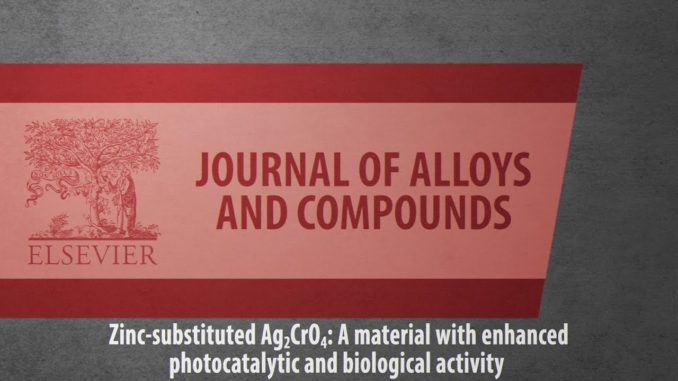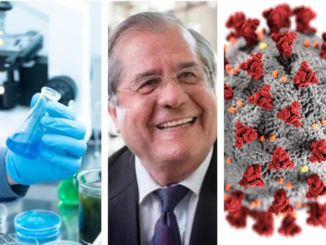
Zinc-substituted Ag2CrO4: A material with enhanced photocatalytic and biological activity
Abstract: In the past years, new environmentally-friendly photocatalysts have been reported, but the realization of efficient visible-light driven photocatalyst with highly active bactericidal and fungicidal activity is still challenging. This work is a joint experimental and theoretical study on the structural, electronic, and optical properties of Ag2CrO4:Zn2+ (ACOxZn, x = 1%, 2%, and 4%) solid solutions for photocatalytic, bactericidal, and fungicidal activity. For the first time, synthesis of these innovative and multifunctional materials were performed through the cation exchange of zinc and silver using a simple, fast, and cheap co-precipitation method. Powder X-ray diffraction measurements revealed the long range order of the materials. X-ray photoelectron spectroscopy provided information about the surface of the samples demonstrating that they were pure. The materials showed short-range order as verified by FT-Raman spectroscopy. Additionally, ultraviolet-visible diffuse reflectance spectra and photoluminescence spectroscopy were used to examine the electronic properties which corroborated with the increasing photocatalytic activity for the degradation of Rhodamine B and bactericidal activity against Staphylococcus aureus and Candida albicans. Field emission scanning electron microscopy images showed different types of particles with different facets and sizes. Theoretical results based on density functional theory calculations complement the experimental results to rationalize the effects of the incorporation of Zn cations in the ACO host lattice.
Author(s): Pinatti, IM; Tello, ACM; Trench, AB; Foggi, CC; Pereira,PFS; Teixeira, M; Jacomaci, N; Andrés, J; Longo; E
JOURNAL OF ALLOYS AND COMPOUNDS
Published: 1 MAY 2020
Volume: 835 (2020)




